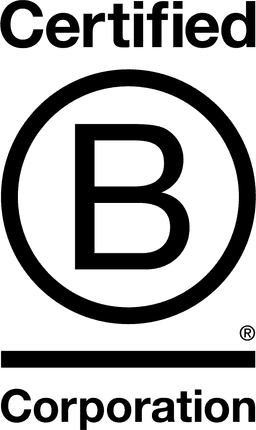

1000 Skis AB

Stockholm County, Sweden
November 2025
Sports goods
Wholesale/Retail
Sweden
1000skis is a rider-owned ski brand from Sweden, founded by professional skiers, creatives, and filmmakers with one mission: to build the skis they’ve always wanted while reimagining what a ski company can stand for. From the beginning, the focus has been on combining high performance with cultural and environmental responsibility. All skis are produced in Åre, Sweden, at a facility powered by 100 percent renewable energy. They are built to last and designed in a single, timeless color: red. This challenges fast-fashion trends and reduces unnecessary consumption. Sustainability is embedded in every decision. 1000skis is a signatory of the UN Race to Zero campaign, working to cut emissions in half by 2030 and reach net zero by 2050. The company is also an active member of the Winter Sports Sustainability Network (WSN), collaborating with others in the industry to raise standards and share best practices. Social impact is equally important. The company works with EU-based suppliers to ensure strong labor protections and supports greater inclusion in skiing through initiatives like GRAB and Solina Sessions. Community events, open feedba
Overall B Impact Score
Governance 9.2
Governance evaluates a company's overall mission, engagement around its social/environmental impact, ethics, and transparency. This section also evaluates the ability of a company to protect their mission and formally consider stakeholders in decision making through their corporate structure (e.g. benefit corporation) or corporate governing documents.
What is this? A company with an Impact Business Model is intentionally designed to create a specific positive outcome for one of its stakeholders - such as workers, community, environment, or customers.
Workers 22.4
Workers evaluates a company’s contributions to its employees’ financial security, health & safety, wellness, career development, and engagement & satisfaction. In addition, this section recognizes business models designed to benefit workers, such as companies that are at least 40% owned by non-executive employees and those that have workforce development programs to support individuals with barriers to employment.
Community 13.5
Community evaluates a company’s engagement with and impact on the communities in which it operates, hires from, and sources from. Topics include diversity, equity & inclusion, economic impact, civic engagement, charitable giving, and supply chain management. In addition, this section recognizes business models that are designed to address specific community-oriented problems, such as poverty alleviation through fair trade sourcing or distribution via microenterprises, producer cooperative models, locally focused economic development, and formal charitable giving commitments.
Environment 34.0
Environment evaluates a company’s overall environmental management practices as well as its impact on the air, climate, water, land, and biodiversity. This includes the direct impact of a company’s operations and, when applicable its supply chain and distribution channels. This section also recognizes companies with environmentally innovative production processes and those that sell products or services that have a positive environmental impact. Some examples might include products and services that create renewable energy, reduce consumption or waste, conserve land or wildlife, provide less toxic alternatives to the market, or educate people about environmental problems.
What is this? A company with an Impact Business Model is intentionally designed to create a specific positive outcome for one of its stakeholders - such as workers, community, environment, or customers.
Customers 3.8
Customers evaluates a company’s stewardship of its customers through the quality of its products and services, ethical marketing, data privacy and security, and feedback channels. In addition, this section recognizes products or services that are designed to address a particular social problem for or through its customers, such as health or educational products, arts & media products, serving underserved customers/clients, and services that improve the social impact of other businesses or organizations.